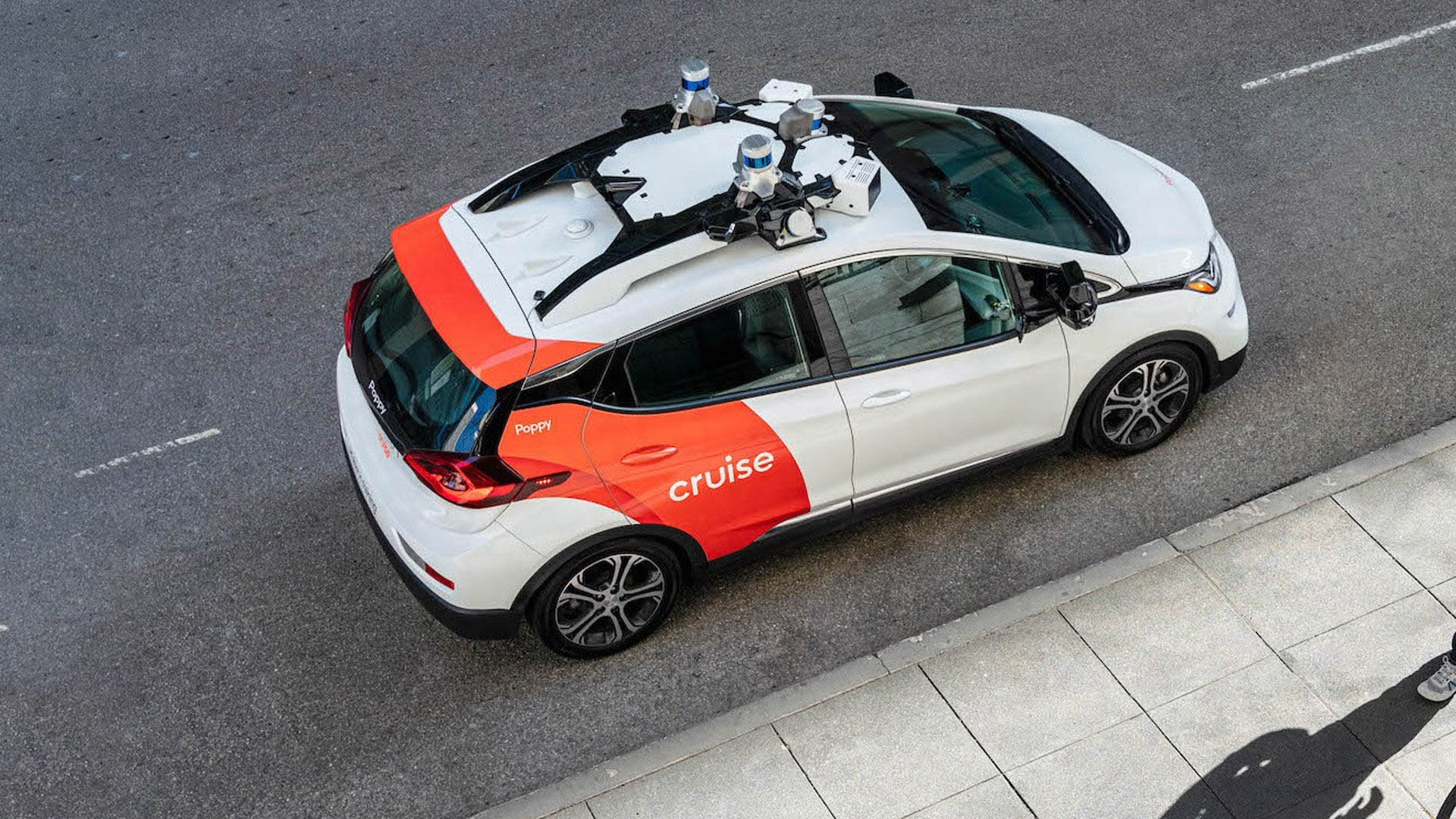

Just days before transportation officials asked to slow down the growth of autonomous vehicles in the city, San Fransisco firefighters reportedly had to smash the windows of a Cruise vehicle to prevent it from running over fire hoses. It’s the latest clash between the robotaxis and city services, prompting transportation officials to ask that AV companies like Cruise and Waymo pump the brakes on expansion efforts.
Now, the malfunctions of autonomous Cruise vehicles blocking traffic in San Francisco has become a bit of a running joke. Not to locals, of course, but to the internet, which watches in anticipation each time a new viral video pops up online. While hilarious and anticipated (apparently), the actions are wearing thin on locals, and for good reason when public safety could be compromised.
Last week, the San Francisco County Transportation Authority wrote that it has had enough. In protest of the requested expansion of two popular AV companies, Cruise and Waymo, the department sent two separate letters to the California Public Utilities Commission—the body that authorizes and governs AV projects in the city—asking it to halt any approval for the driverless services until certain conditions are fulfilled by both companies. Spotted by Business Insider, the letter outlines the Jan. 21 incident where fire crews had to smash the Cruise’s window. It echoes a similar incident in April and in June 2022, where Cruise vehicles attempted to drive over fire hoses, which is, unsurprisingly, against the law.
Cruise won the approval to deploy 30 of its AVs in San Francisco last June. However, the approval was conditional. The autonomous arm of General Motors is confined to a specific geographic area of the city and its operating hours are restricted from 10 PM until 6 AM, which helps to avoid congestion in the city—something which was later found to be an unexpected saving grace after swarms of Cruise vehicles began creating massive traffic jams across the city, requiring manual human intervention to remedy.
Now, Cruise has requested that its conditions be lifted. The company has requested that it be able to deploy 100 vehicles throughout the entirety of San Francisco, 24 hours per day, seven days per week. Also concerning is that Cruise has requested to grow its service at its own discretion moving forward. The SFCTA does not appear to have full confidence in Cruise based on its prior performance in the AV space around the city.
“No one anticipated the kind of street obstructions that members of the public have reported to 9-1-1 in the months since the Commission authorized Cruise to offer limited driverless commercial services,” reads the letter sent to the CPUC.
But backed-up streets aren’t the only problems that Cruise vehicles have caused. For example, one vehicle was pulled over by police for operating without headlights and then proceeded to run from the law (though Cruise later said it was trying to find a safer spot to stop).
Similar to Cruise, Waymo has also requested virtually unfettered access to San Francisco’s roads. It recently sought the ability to scale its fleet to an “unlimited” size and asked for approval to operate on all roads where speed limits reach up to 65 mph with no time or day restrictions. SFCTA’s separate letter aimed at Waymo does commend it for the way it has handled city input and the low number of complaints about its vehicles thus far—it also theorizes that the low number of complaints could reflect the service’s performance thus far.
SFCTA seems concerned that both Waymo and Cruise are seeking to bypass the city’s requirements for incremental testing. Going from several dozen to a fleet size of unlimited vehicles seems irrational, given the city’s requirements. The agency also notes that both companies have submitted key reports in redacted form, which goes against basic transparency requirements set forth by the agency. Likewise, it has identified that existing data collection requirements do not provide the necessary data to assess the city’s transportation network accurately.
While SFCTA isn’t asking the CPUC to reject the requests of Cruise and Waymo completely, it is asking the Consumer Protection and Enforcement Division of the CPUC to hit the brakes to slow down the rollout instead of what is requested by both companies. The agency also asks that for these requests to be approved, the CPUC collect additional data, require the companies to submit data without redaction, and protect the public through incremental rollouts—that includes both times to protect the city’s busiest travel hours and the size of the fleet that the companies can be deployed.
Got a tip or question for the author? Contact them directly: rob@thedrive.com